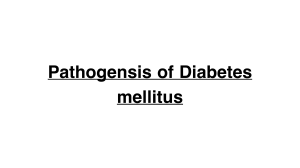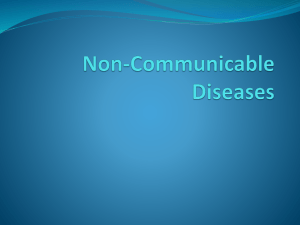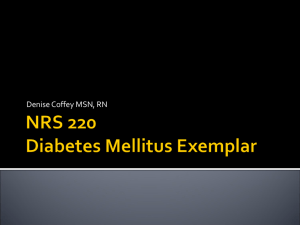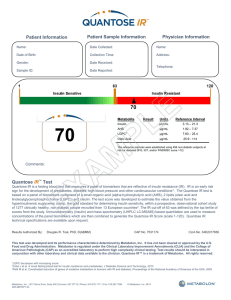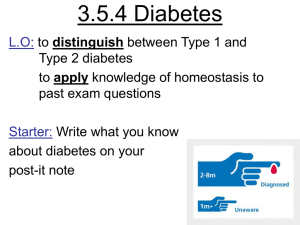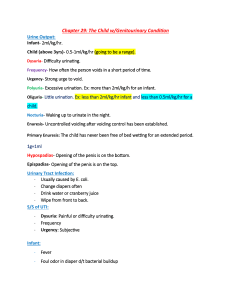Exercise Is Medicine: Let’s Pop A Pill! Robyn Stuhr, MA, ACSM-RCEP
advertisement
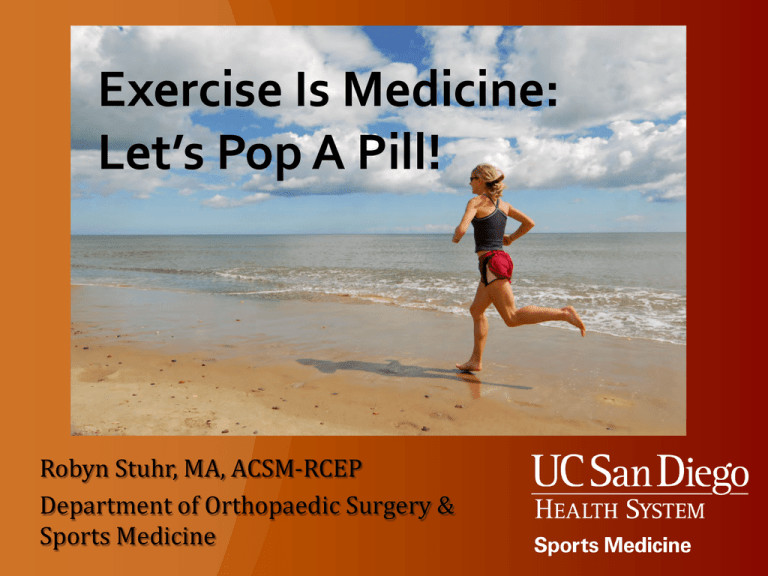
Exercise Is Medicine: Let’s Pop A Pill! Robyn Stuhr, MA, ACSM-RCEP Department of Orthopaedic Surgery & Sports Medicine •Reduce your risk of heart disease by 40%? •Lower your risk of stroke by 27%? •Reduce the incidence of diabetes by almost 50%? •Reduce the incidence of high blood pressure by almost 50%? •Reduce mortality & risk of recurrent breast cancer by ~50%? •Lower your risk of colon cancer by over 60%? •Reduce your risk of developing Alzheimer’s disease by 33%? •Decrease depression as effectively as Prozac or behavioral therapy? ACSM Exercise Is Medicine 2009 •Actions: •Cost: •Interactions •Dosage: •Precautions: •Side effects: Significant total body benefits Affordable Positive Minimum dose 30 min/day Proper training & equipment MINIMAL! : Risk of musculoskeletal injuries and cardiac events (very low) National Academy of Sciences, Institute of Medicine Diabetes, 56:2655-2667 Sui, M. JAMA 2007, 298:2507-16 Insulin resistance → disease 30 25 15 10 5 Hypertension Cancer CHD Type 2 DM Stroke Number of events 20 0 Bottom 1/3 Middle 1/3 Top 1/3 Tertile of insulin sensitivity Facchini et al. (2001), JCEM, 86:3574 Exercise ↑ Insulin Sensitivity Acute exercise ↑ insulin sensitivity in obese individuals * Devlin & Horton (1985), Diabetes, 34:973 US Bureau of Labor Statistics, 2010 & 2010 Nielsen 3 Screen Report U.S. Census Bureau 2007 LIMIT TV SCREEN TIME: 2 hrs/day! Energy Expenditure kcal/kg/hr Steeves, JA et al. Med Sci Sports Ex, Feb 2012 the very best predictor of maintaining weight that was lost ACSM Message Points 2009 62% watch less than 10 hrs of TV/wk. 90% exercise, on average, 1 hour/day (mostly walking) NWCR Facts from studies reported on NWCR website 6/09. Do something else. YES! NO! YES! NO! NO! Encapsulation Style Compression Style …lead to enjoyment Willis, J. & Frye Campbell, L. Exercise Psychology, 1992 rstuhr@ucsd.edu

